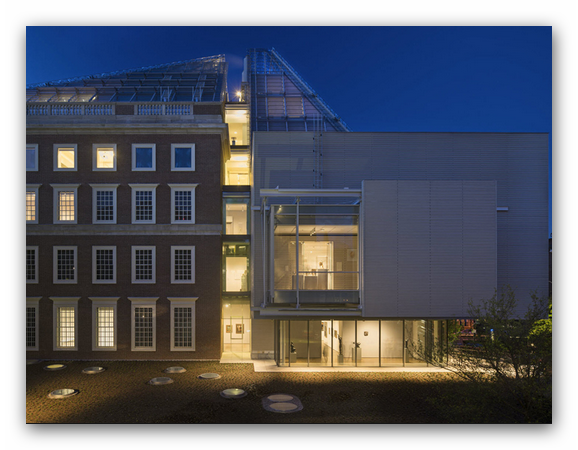May 21 2016 - Aug 14 2016
Cambridge, MA
This exhibition explores the mysterious visual world of symbolism, an open-ended cultural phenomenon of the late 19th century that formed an important bridge between impressionism and modernism. Yet more than these two movements, symbolism sought to evoke ideas subjectively—through color, form, and composition—rather than objectively representing worldly appearances. The title of the show is inspired by Les Fleurs du Mal (1857), an influential collection of poems by Charles Baudelaire, thus alluding to the literary antecedents of the movement.
Symbolist drawings were not united by a single technique or style, but by the artists’ shared desire to make the invisible visible—whether they chose subject, form, or some combination of the two as their major aesthetic focus. Often enigmatic, these graphic works served as signs of a deeper or higher degree of consciousness, beyond the literal objects that they depicted. Symbolism enabled artists to confront an increasingly uncertain and complex world, one that they alternately viewed in terms of degeneration and decadence, idealism and reform.
Featuring 40 drawings, mainly from the permanent collections of the Harvard Art Museums, this exhibition covers some of the major themes of symbolism, such as dreams and visions, spirituality, nature, and the relationship between society and the self. It offers an expansive view, including not only artists who identified themselves as symbolists but also influential precursors, as well as artists active at the end of the movement. The exhibition acknowledges the international nature of symbolism, which was centered in France but extended to countries such as Austria, Germany, Belgium, the Netherlands, England, and the United States.
Credit: Exhibition overview from museum website
Exhibition Venues & Dates
May 21 2016 - Aug 14 2016
Cambridge, MA
